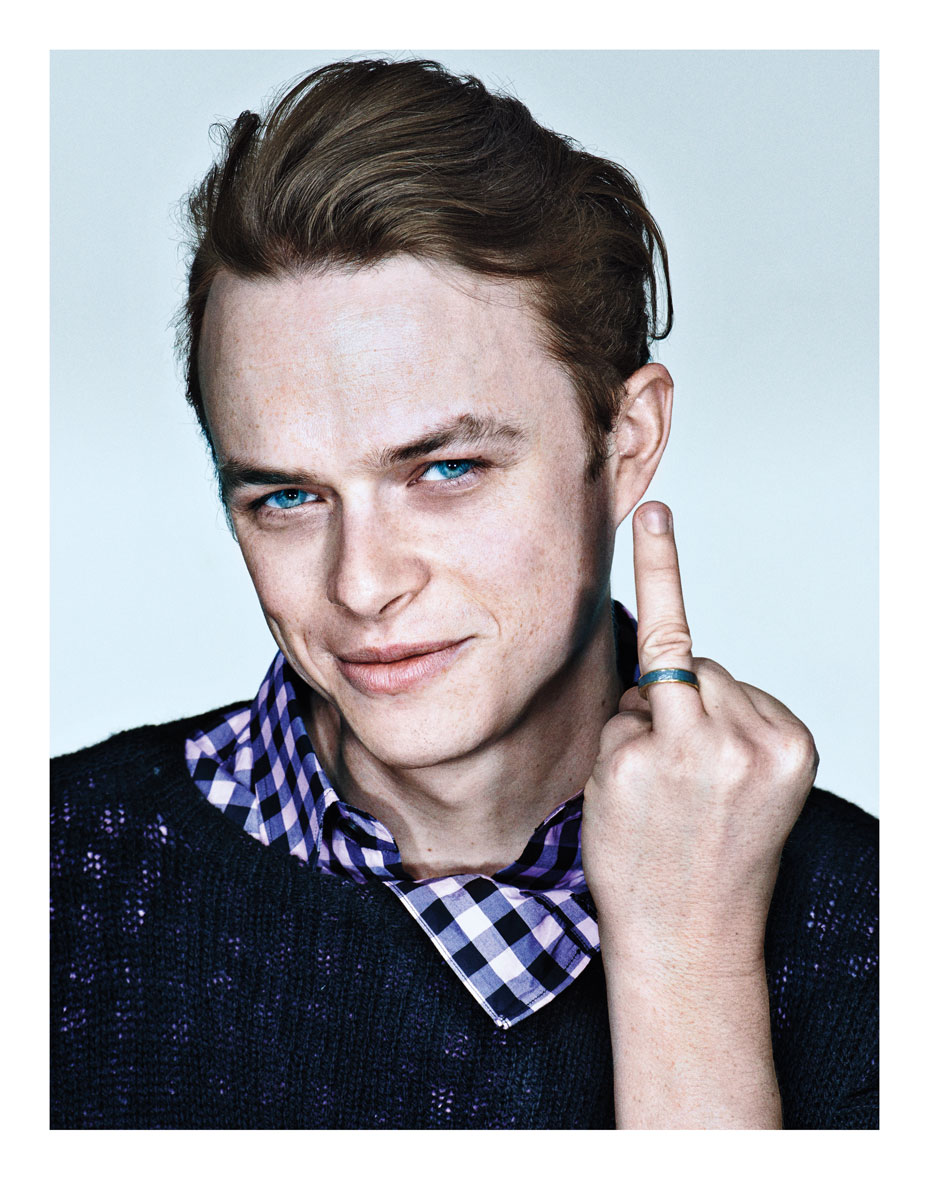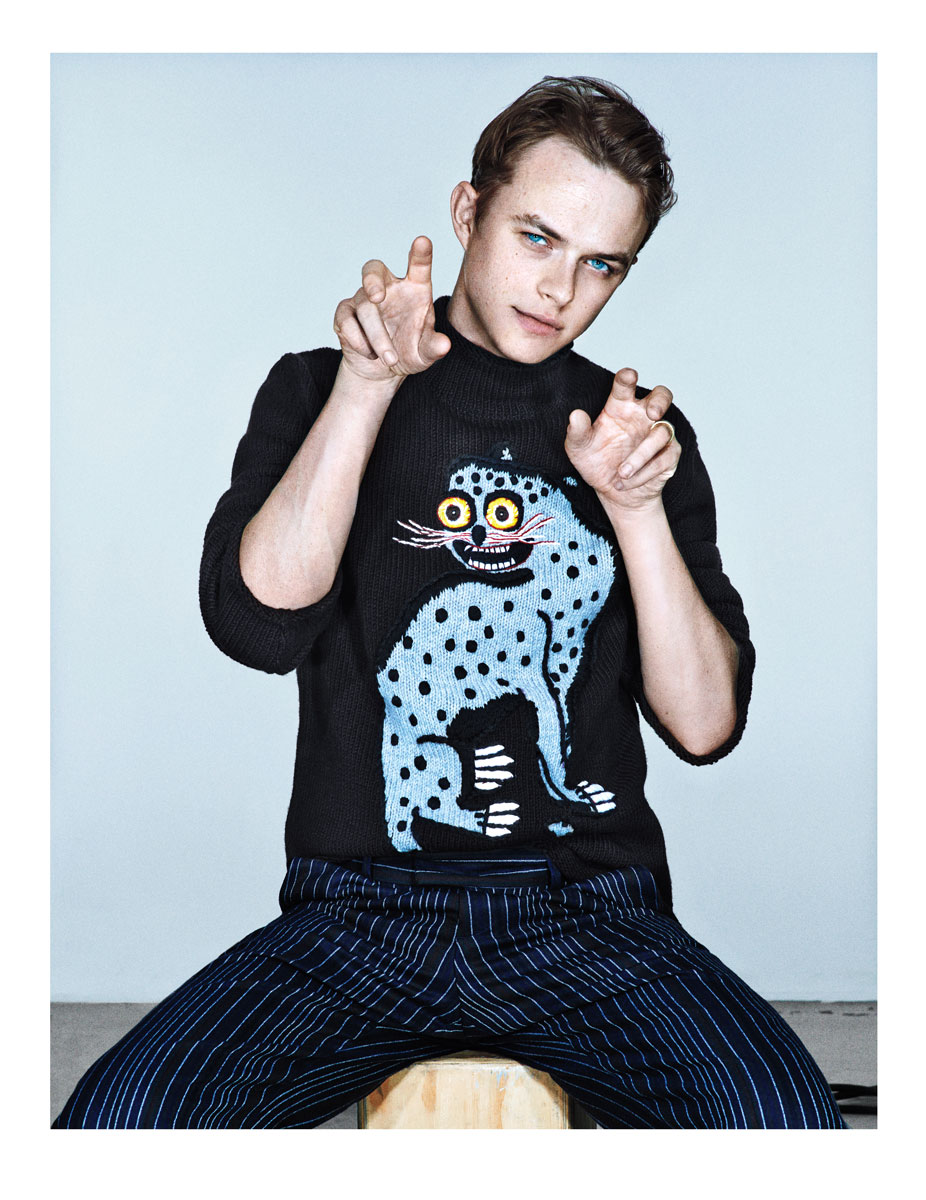Dane DeHaan
by flaunt
Sweater and Ruffle-front Shirt by Prada and ring talent’s own.
“Chapman” Sweater and Pants by Louis Vuitton.
Sheep’s wool jacket by A.P.C, T-Shirt by J. Lindeberg, Pants by Acne Studio, and Shoes (worn throughout) by Rivieras.
Blazer and Shirt by Marc Jacobs, sunglasses talent’s own.
Wool jacket by Marc Jacobs.
Sweater and Ruffle-front Shirt by Prada.
Sweater by Dior Homme and Pants by Prada.
Dane DeHaan
The Simple Pleasures Of Tea Kettles, Murders, And Singularity
Dane DeHaan shows up at the Museum of Jurassic Technology in Culver City, Los Angeles, and asks, “What is Jurassic technology?” We stand in a room filled with portraits of Russian dogs that have been catapulted into space while he points out the filmography of his apparel. Absolutely none of the clothes he’s wearing are his. “This was a potential shirt for
Spider-Man
that I never wore. These are jeans I wore in
Spider-Man.
This was a bracelet for
Spider-Man
that I never wore. These are sneakers from the last scene of this movie I just wrapped,
Life After Beth
. These socks are
Spider-Man
as well. And these sunglasses I got at Sundance. I’m not responsible for any of these clothes.” He spins around and admires the dog portraits. I point to a photo of the soviet space dog Laika and tell him all these dogs died in space. “So they put them up there, and then they die?” he asks. “I don’t get it. What’s the point?” It’s a good question.
For a rising star with a year of upcoming releases, including Metallica Through the Never, The Amazing Spider-Man 2, Life After Beth, and Kill Your Darlings, DeHaan remains pragmatic and grounded. For the past three years, he’s been filming on location and the hard work has paid off. He’s found that, through booking his roles simultaneously he has a great shot at not being typecast. “People are so quick to say, ‘This is what you do as an actor.’ No, actually, what I do as an actor is I act different parts. So if you saw me do one thing, and you thought I was good, maybe it’s not that I’m good at doing one thing, but I’m just good at being an actor.” He refers to his friend and co-star Daniel Radcliffe with sincere admiration for his ability to take leaps into cinema outside of Harry Potter. “He’s just in it for the right reason. I’m in it for the right reason.” This is the mantra to guide the talented actor through the gauntlet of disparate, and often troubled, personalities he plays.
Take, for instance, the polar opposites of his near-silent character Trip in Metallica’s 3-D metal apocalypse film, and his role as the infamous beat poet and murderer Lucien Carr in Kill Your Darlings. The former has exactly one line of dialogue—“Hey”—and the latter is a theatrical attempt to illustrate the odd circumstances surrounding the birth of the Beat poet movement; i.e. lots of words. Clearly a lover of theater and literature, DeHaan latched onto Lucien Carr and the Beat poets immediately, but refuses to be pigeonholed into “serious” dramatic roles. Luckily, getting the role of Trip in Metallica Through the Never was as easy as just being asked to do it. “It became this thing where I’d get to go up to Vancouver, hang out with Metallica, see a bunch of Metallica concerts, and then film this crazy-ass narrative of a story that actually had a director behind it who was really passionate about the project. It was this really quick amazing experience. I knew I would never get the opportunity to do anything like that again.”
We take a stroll through the museum’s collection of “vulgar knowledge” and DeHaan says, “I thought maybe I would never act. I had no expectation to ever work. I’m a very realistic person, so I was very aware that the statistics were against me.” We walk by an antique baby garment encased in glass, and he continues, “In school, they prepare you to be unsuccessful. They talk about the struggle of it and how to get by, but they never say: Also, maybe this could work out.” He takes a deeper look at the baby clothes and squints while reading the plaque, shaking his head, and says, “I feel like these exhibits are all things that grandparents tell you that aren’t true at all.” With an affected crackled old Pepperidge Farm voice: “When I was a kid, I used to wear boys’ clothes, and it made me more attractive.” Perhaps it’s exhaustion, or maybe the host of dark brooding roles he’s played in the past, like his breakout super-power tortured villain in Chronicle, but DeHaan’s sense of humor is decidedly dry and dark.
We turn the corner to find an exhibit of meticulously crafted models of trailer homes, their miniature habitats open and unencumbered by glass. I reach through and hover my hand just above the trailer displayed under a miniature, desolate highway, and tell him that, theoretically, you could touch them but I wouldn’t. DeHaan reaches in and gently lays a finger on the top of the trailer anyway. The exhibit brings to mind “home,” and I ask him if he considers New York his home. He brightens, obviously having thought about it or having missed the apartment he shares with his wife, actress Anna Wood, when they’re not constantly on set. He says, “I was born and raised on the East Coast. I grew up going to New York. I moved there out of school and had a great time, then I moved here [L.A.] two and a half years later, and I didn’t like it at all. The energy of the city really gets to me.”
He gazes into a glass case daintily displaying old liquor bottles supposedly found in a family’s trailer home and continues, “I find it hard to have a healthy relationship with L.A. I know very few people who have truly healthy relationships with this city, who are here for the right reasons. I’m always jealous of those people.” In fact, for the two years DeHaan called Los Angeles home, he was traveling all over the world to shoot films. He says there were nights when he would come home from shooting with no idea what to do with himself or where to go in the sprawl of the city. New York and Brooklyn are like family to DeHaan, which makes it fortuitous that The Amazing Spider-Man 2, in which DeHaan plays trust-fund baby hipster Harry Osborne, was shot completely in the city with a budget big enough to afford him many months there on set.
“Just to have that much time to make a movie is a huge luxury and a really wonderful thing,” he says. “I think it can aid in artistic process—having that time—more than I thought it could, and so much more than with movies where you have to make them in twenty days.” It would be a safe assumption that DeHaan is referring to the production of Kill Your Darlings, which would be considered mega-low budget next to the decadent production of Spider-Man. But both roles fulfilled his one requirement for selecting films—“I don’t want to repeat myself.”
We enter a room with stereoflorogram images hanging on the walls, which are basically highly detailed holographic 3-D images of flowers. Another visitor tells us that if we touch the images, plaques will light up and tell us about them. We then spend a good thirty seconds pressing on all the images, and absolutely nothing happens. I mention that it feels like the museum has hidden cameras in this room, and DeHaan replies, “I think this whole museum is just a study on people and what you can make them do.” And even as he says this, he continues to touch the images, just in case, and speaks of his role as Lucien Carr. “Lucien is the kind of person who incites and provokes people. He’s very self-aware. He’s aware of his ability to charm and make people fall in love with him. He can make people do whatever he wants.” To prepare for the role, DeHaan researched Carr’s life previous to the infamous murder that framed most of his adulthood, and he found numerous anecdotes of Carr sinking a ship just so he could know what it felt like to stand on a drowning vessel, or ordering the most expensive raw steak at a restaurant just so he could throw it in the waiter’s face. The note of privilege, in both his role as Carr and Harry Osborne, seem to strangely overlap but DeHaan manages to make privilege a highly complex situation for his characters. When I ask him what wealthy Spider-Man antagonist Harry Osborne’s largest weak point is, he says simply, “We all know money doesn’t buy happiness.” I give a little cynical laugh, but DeHaan really feels it.
Our tour of the museum ends, and we enter the tea room, which is alive this Friday afternoon with European families and first dates. There’s no attendant by the tea, so DeHaan attempts to pour it himself until he sees a sign instructing him to wait for an attendant. He seems disappointed. Another museum visitor approaches the counter and reaches for the spout where hot water comes out, instead of reaching for the kettle warming on top of the machine, and he tells her that’s just the hot water. The woman seems impressed by his ability to work such a complicated tea-making contraption. He smiles, casually says, “I know it from all the Russian plays I was in at school,” and the woman nods, pretending to understand. DeHaan cracks a little smile and says confidently, “It’s Jurassic technology.”
Photographer: Christian Anwander for art-dept.com. Stylist: Benjamin Sturgill for Brydgesmackinney.com. Hair: Adrian Clark for thewallgroup.com. Makeup: Cynthia Sobek for art-dept.com. Producer: Rika Noda. Photography Assistants: Matt Hawkes and Alois. Styling Assistant: Megan Mattson. Location: Mica Studios at micastudiosny.com.
Grooming Notes: facial moisturizer by Kyoku for Men. Grooming crème by Bumble and Bumble.







